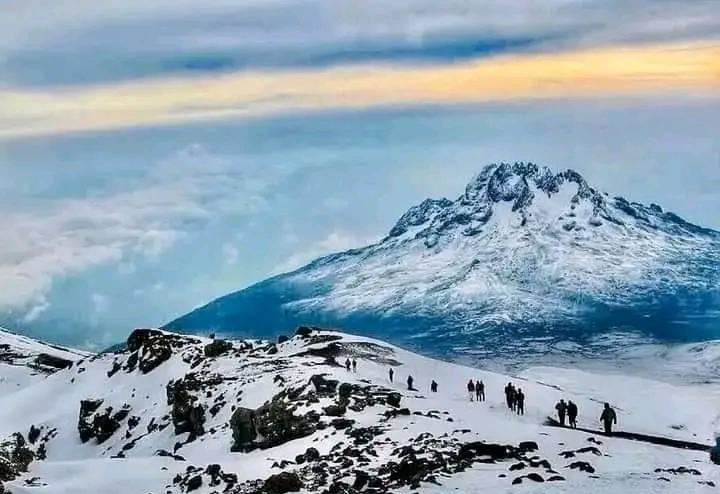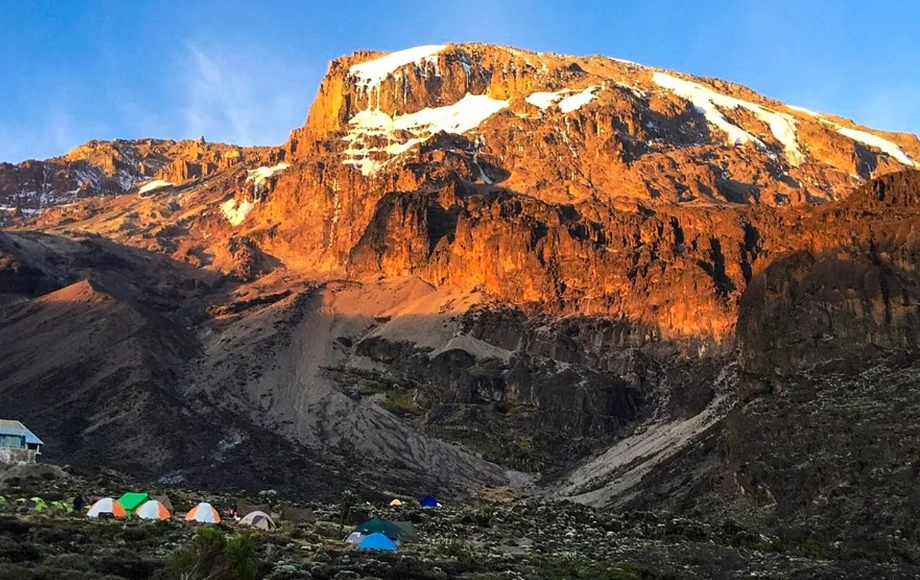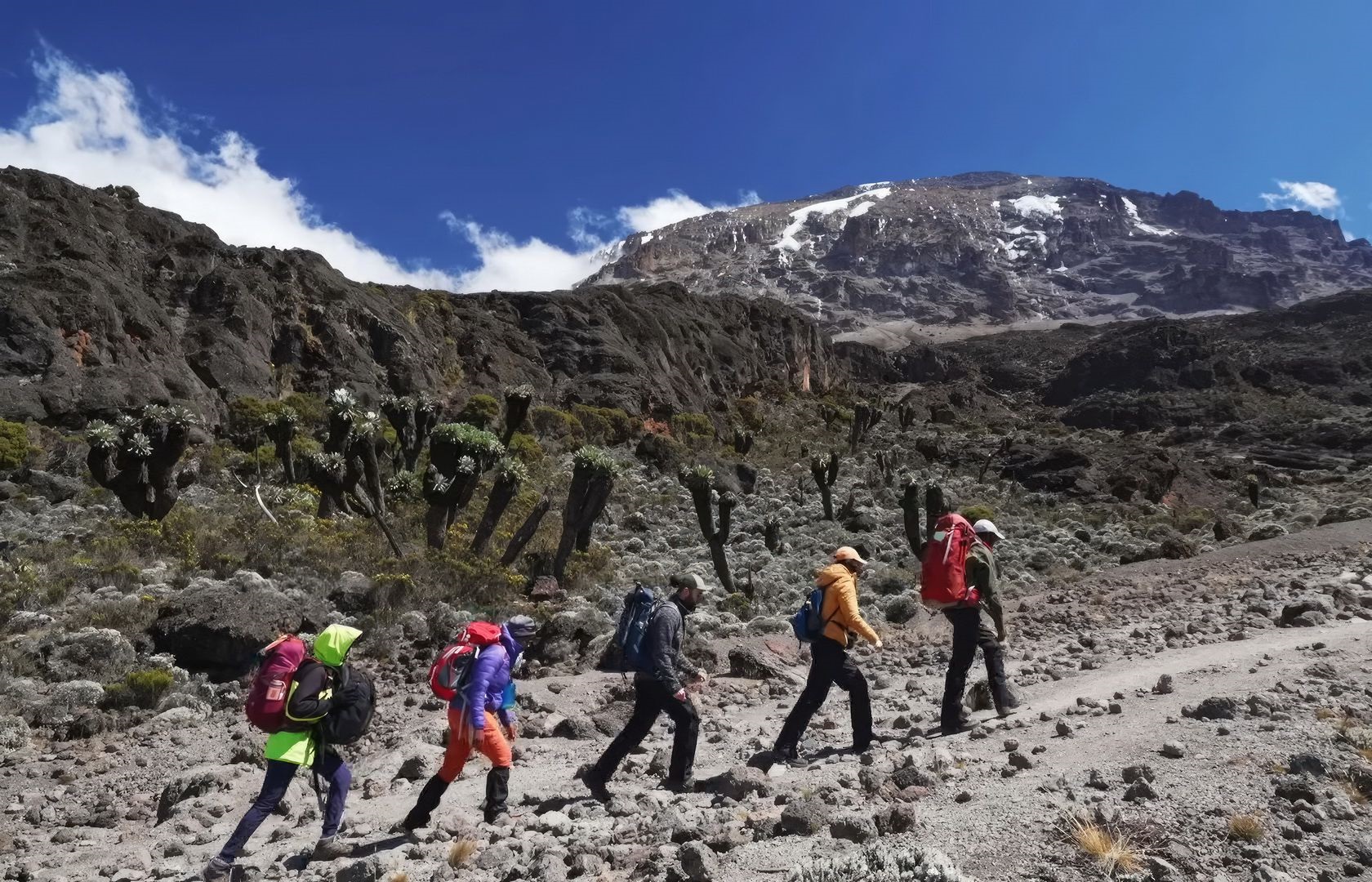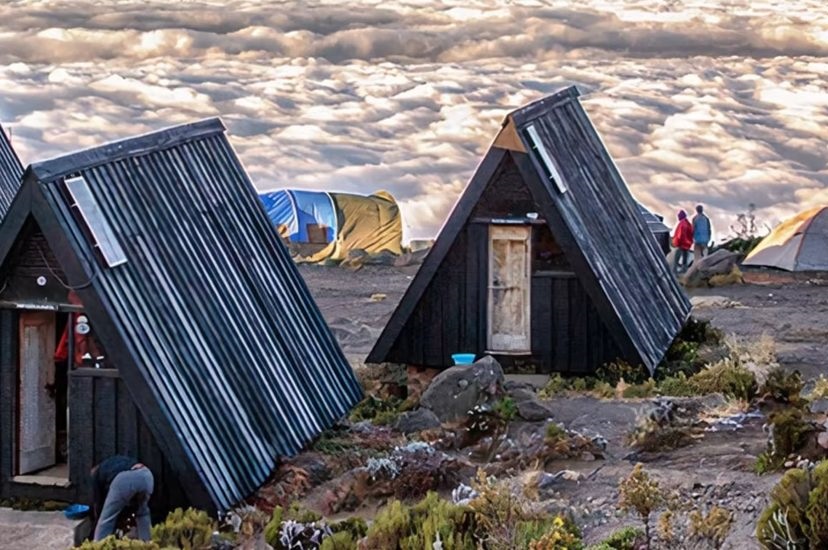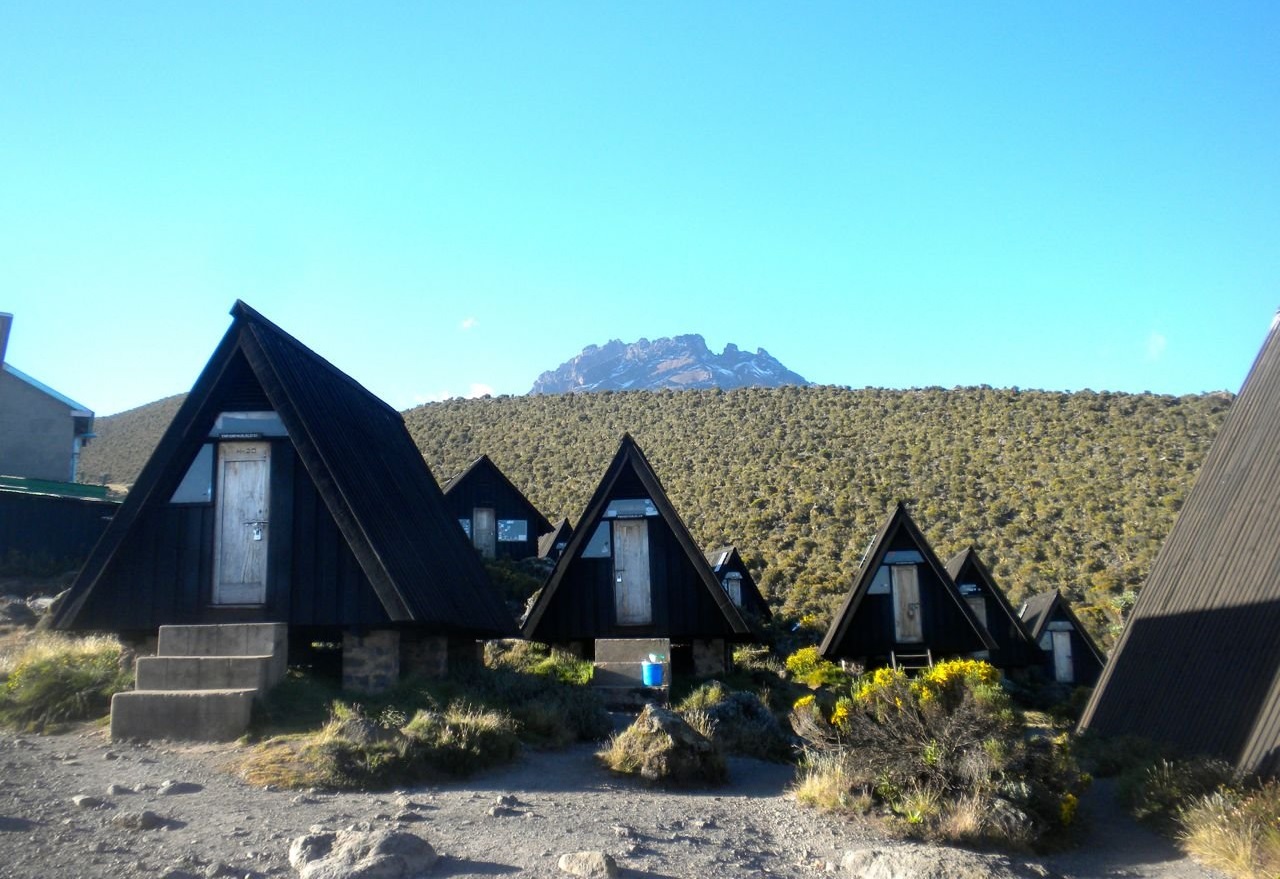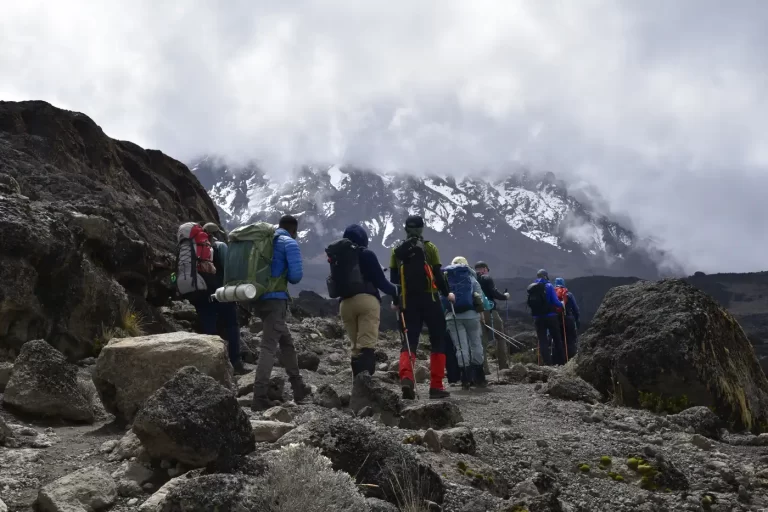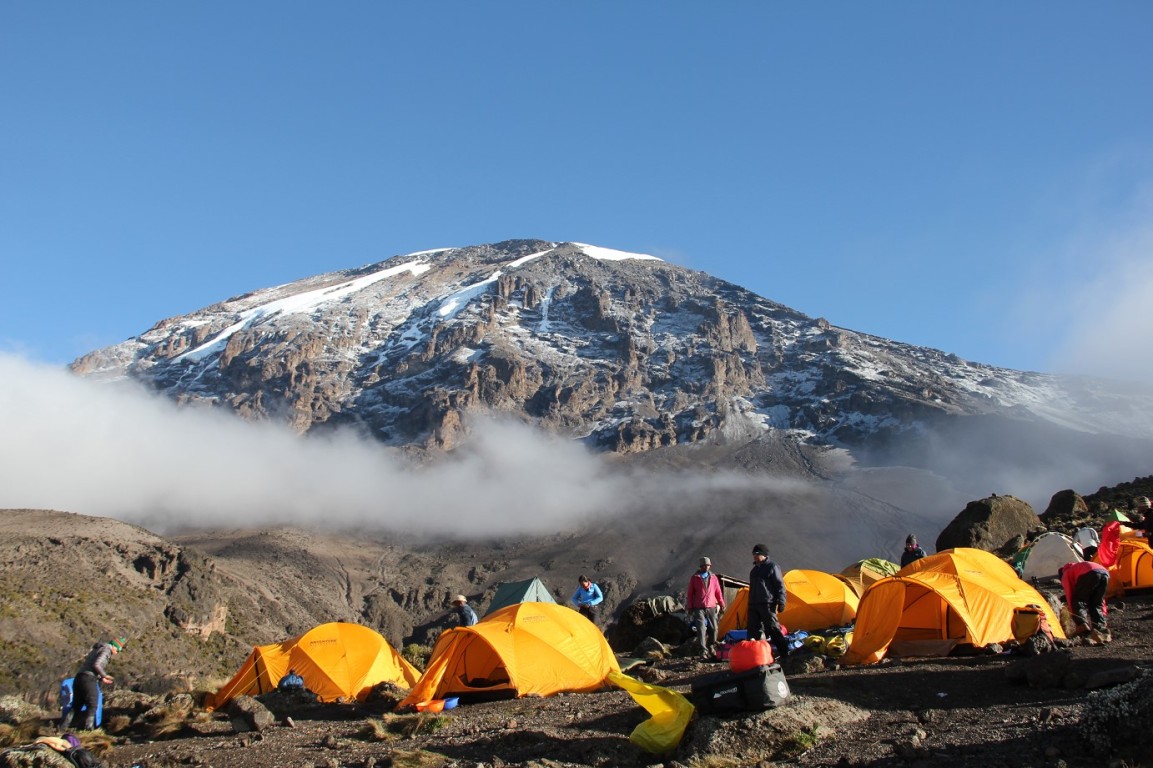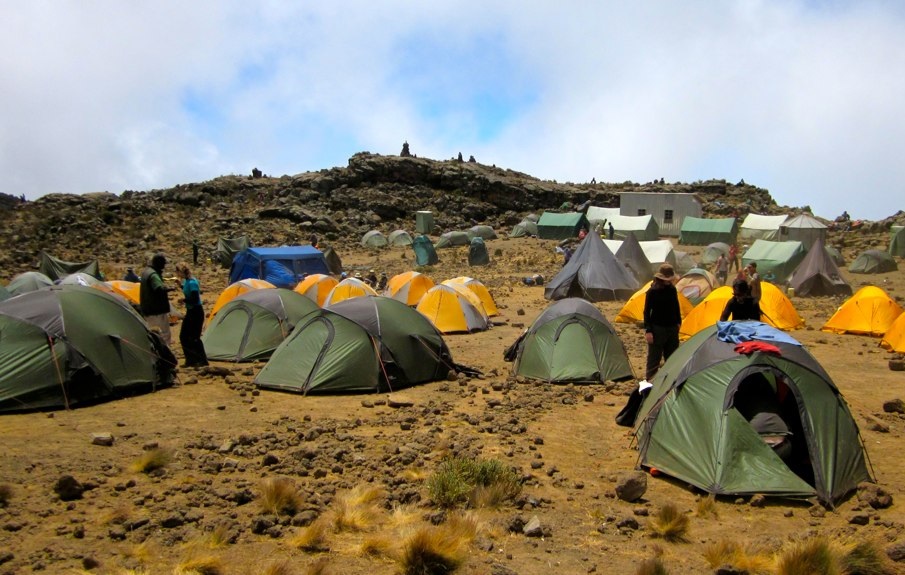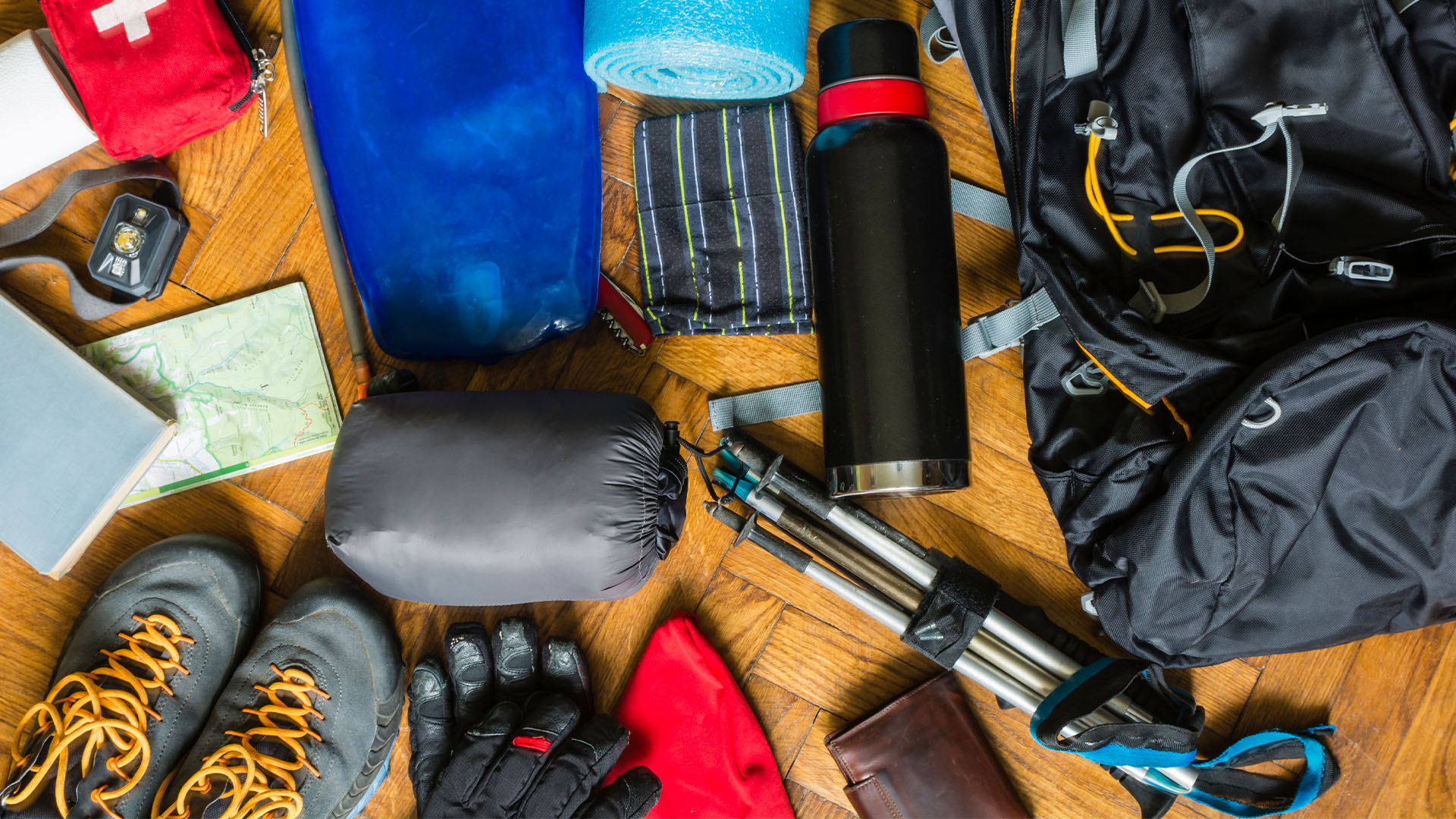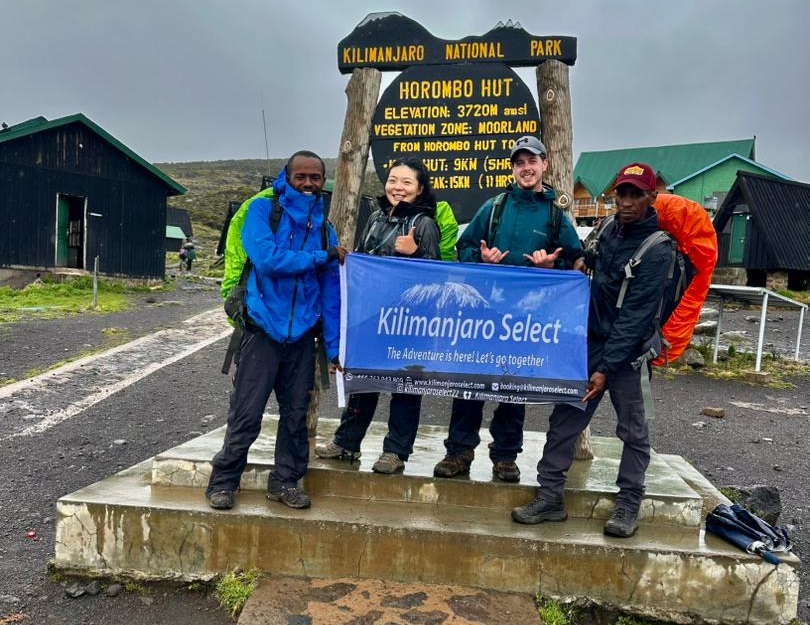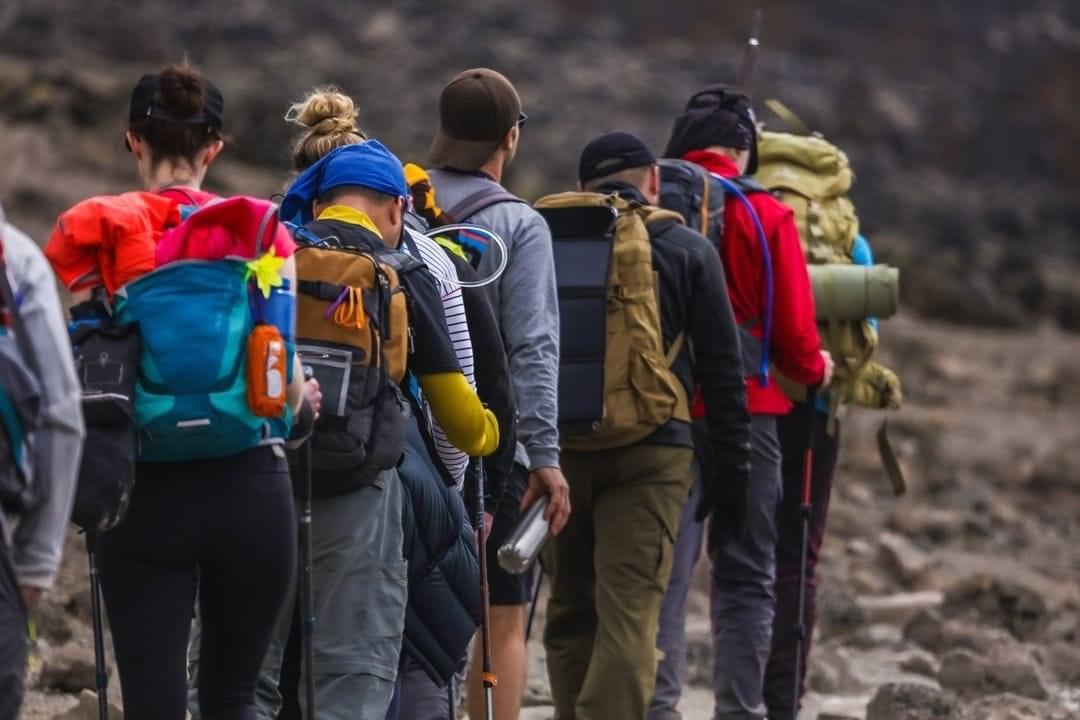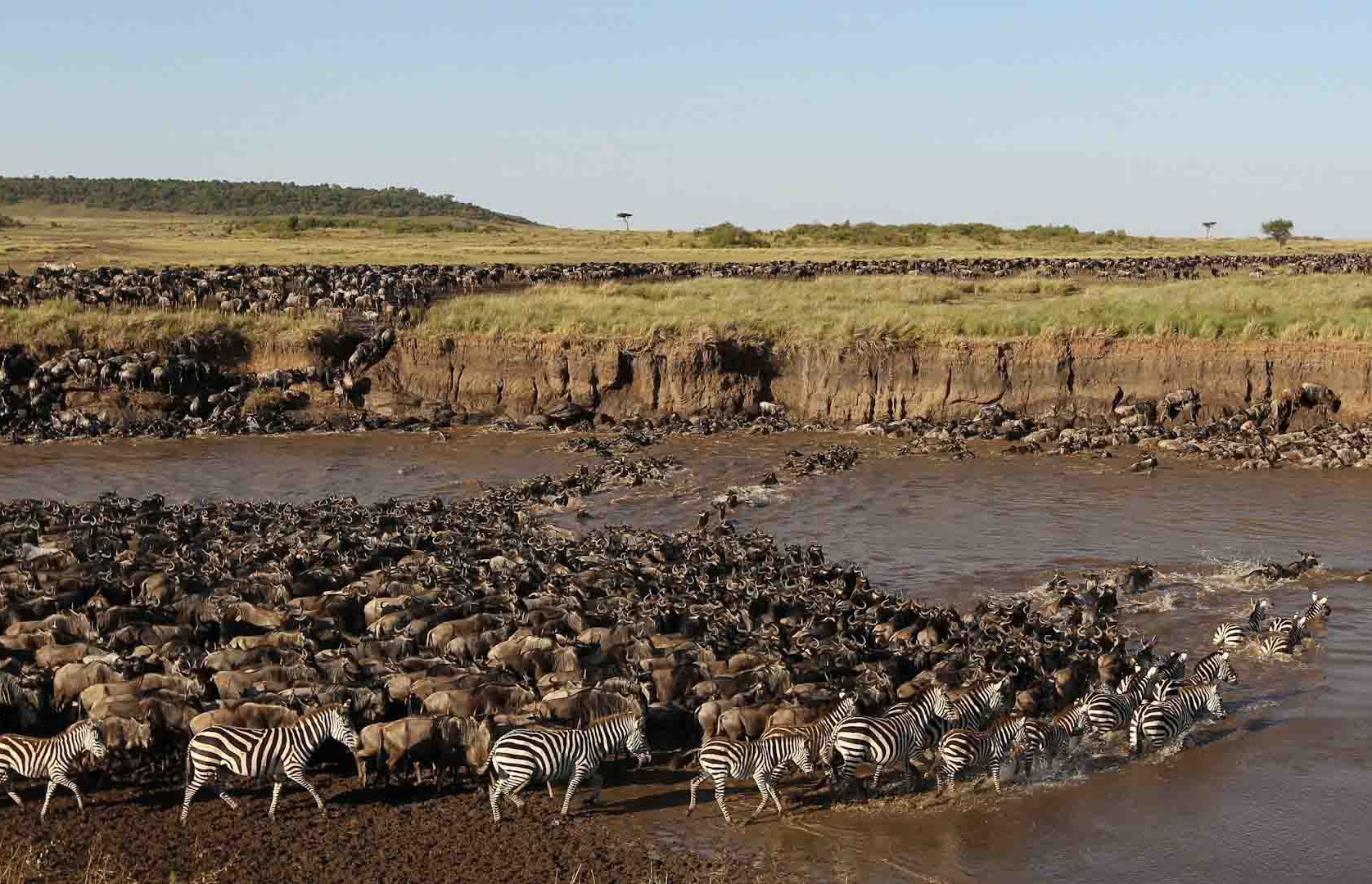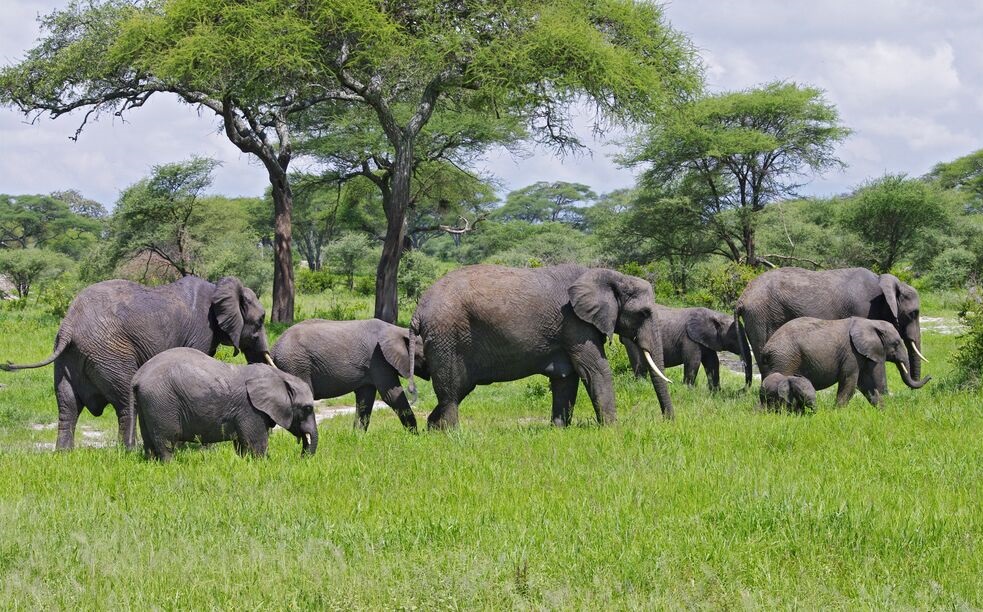The Rongai Route is one of the routes for climbing Mount Kilimanjaro, the highest peak in Africa. This route is known for being less crowded compared to others like the Marangu and Machame routes, offering a more remote and quiet experience. It is also one of the few routes that ascend the mountain from the north, starting in Rongai Village, near the Kenyan border.
Key Features of the Rongai Route:
Scenic and Remote: The Rongai route is famous for its stunning landscapes, including forests, moorlands, and alpine deserts. It's also the only route that offers views of the Kenyan side of the mountain.
Duration: The trek typically lasts between 6-7 days, though it can be done in 5 days for more experienced hikers. The longer duration helps with acclimatization and increases the chances of successfully reaching the summit.
Trek Difficulty: This route is considered to be moderate in difficulty, though it is still a challenging climb. It is typically favored by those who want a quieter experience, but it still requires physical preparation, especially at higher altitudes.
Altitude and Acclimatization: The Rongai route takes a more gradual ascent, making it better for acclimatization than some steeper routes. However, altitude sickness can still be a risk, and climbers are encouraged to take it slow and follow proper acclimatization practices.
Descent: On the way down, climbers often descend via the Marangu Route. This combination provides an opportunity to experience two different routes and landscapes on Kilimanjaro.
Wildlife: The Rongai route offers a better chance of encountering wildlife, such as monkeys and various bird species, particularly in the early stages of the climb when you're still passing through the forest zone.

